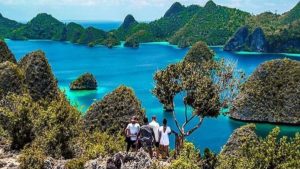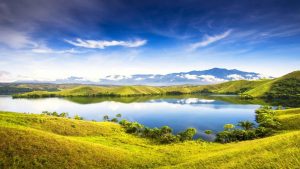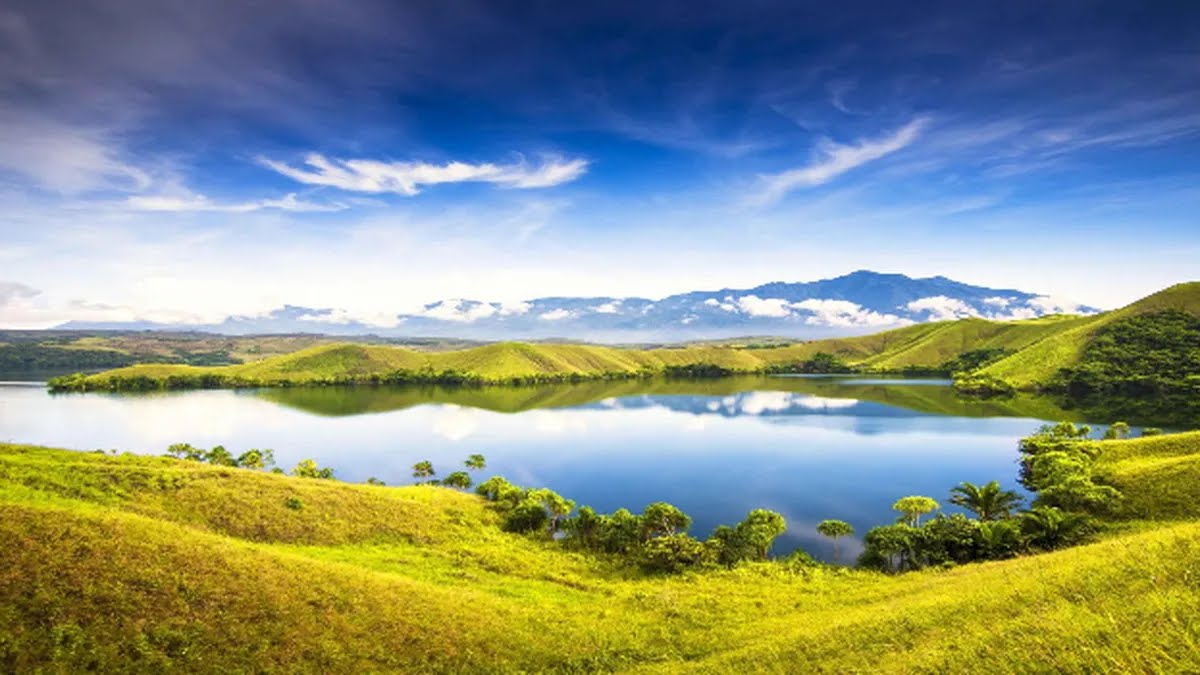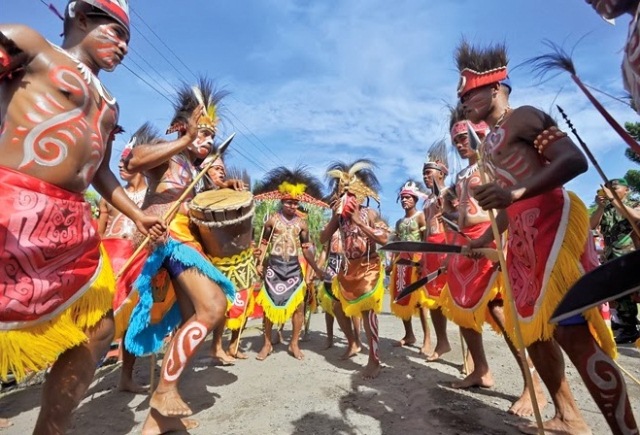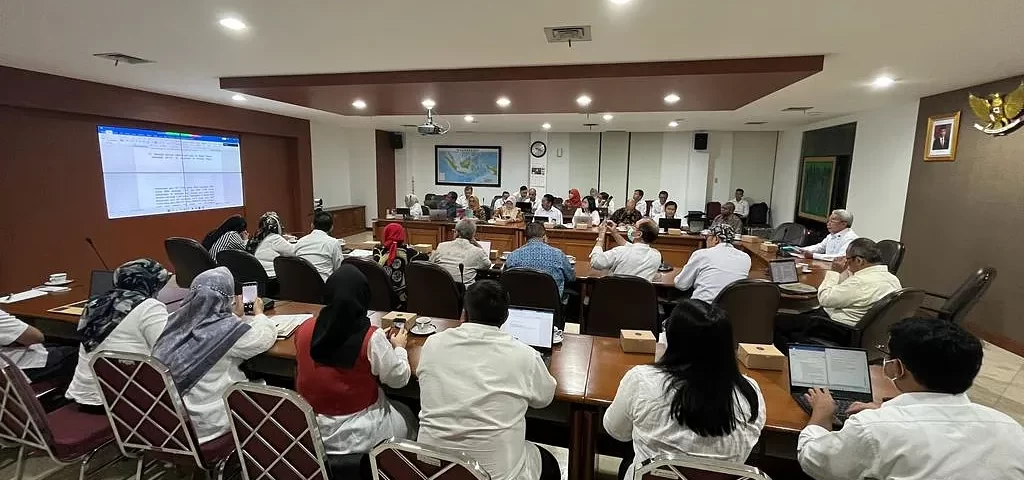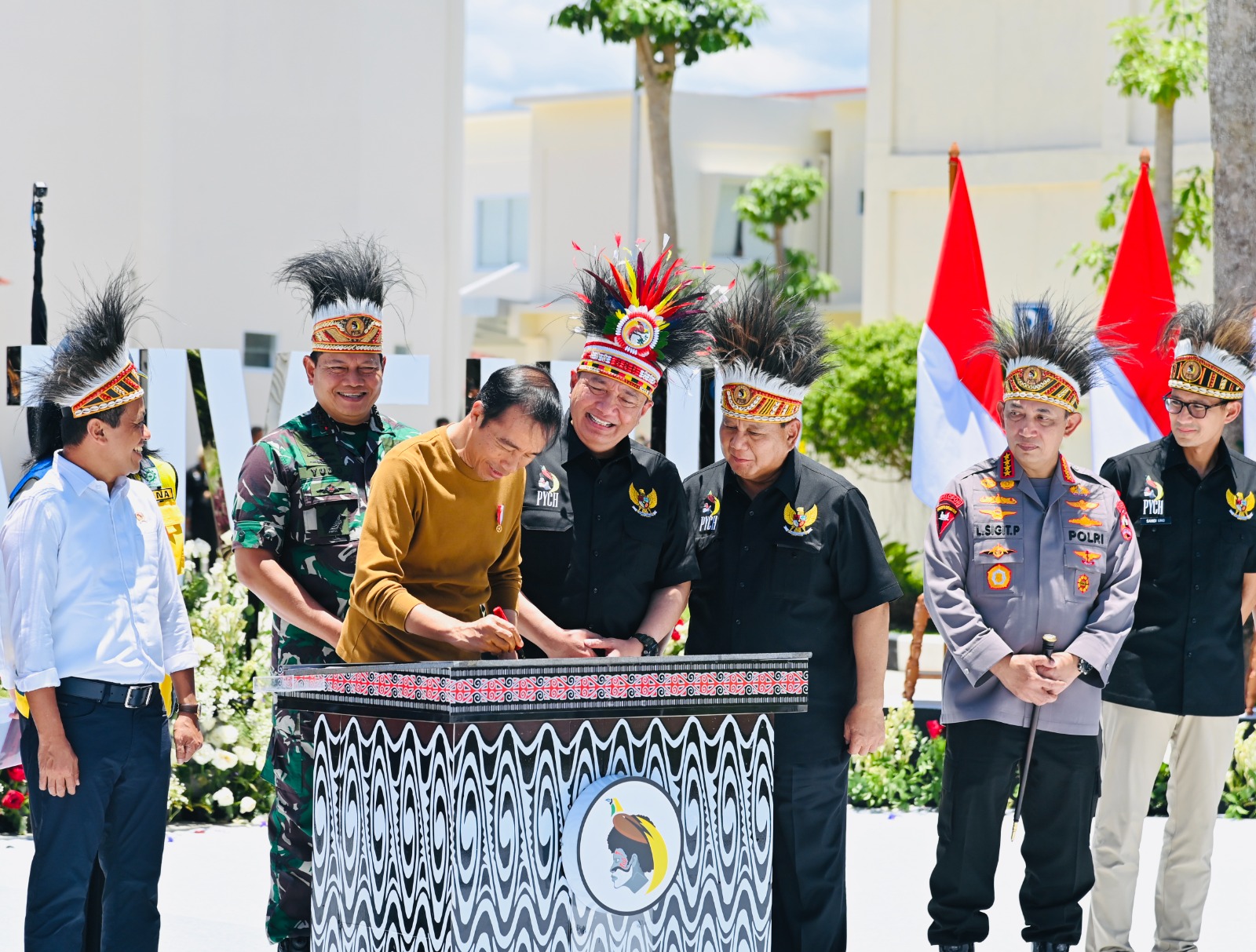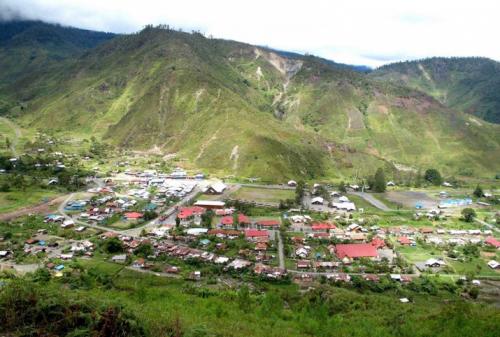
Indonesia’s government always tries to protect the natural resources in West Papua so they won’t be ruined and lost in the future. Besides that, they also do their best to develop many sectors in the province. One of them is by focusing on infrastructure development in West Papua.Beforehand, Papua and West Papua are two of many provinces that are still unable to access modern infrastructure easily. This is because access to these provinces is hard to go through. But, the government keeps doing their best to give equality in Papua and West Papua. Nowadays, Papua and West Papua finally got their recognition and infrastructure development in three main sectors: public services, education and access to other provinces in Indonesia.So, here is some information on how the development of modern technology and infrastructure in Papua, mainly West Papua.
The Construction of Interregional Connecting Roads

Having good road facilities is one of the essential things to access between regions. Therefore, in West Papua, the government allocated Rp. 3.75 billion is divided into natural resources IDR 312.23 billion for settlements and IDR 228.83 billion for housing.In addition, the government is also improving access and connectivity from land and multimodal. Such as the construction of the Trans-Papua Road with a total length of 3,462 kilometers of roads that have penetrated are paved with 1,733 kilometers of asphalt. And there are approximately 1,712 kilometers and unpaved roads and 16 kilometers remaining unpaved.In conclusion, this year a 34-kilometer long border road in Papua is being worked on, including new construction, road openings and structural or pavement improvements.
Optimization of Telecommunication Infrastructure Development
Next, not only focusing on building access roads in Papua and West Papua. The government also put their focus on the telecommunication infrastructures in those provinces. One of the infrastructures that can support the development of telecommunication in Papua and West Papua is the construction of the East Palapa Ring backbone network or Palapa Timur.The Palapa Timur Ring, built along 7,003 km, carries microwave radio technology for mountainous areas and fibre optics on land and sea. This combination of technology is applied considering the natural conditions of Papua, which are very diverse with land area and many high mountains.The addition of the new internet access locations in 2021 for these two provinces will reach 1,882 areas in Papua and 211 locations in West Papua. The large number of telecommunications infrastructure developments in the provinces of Papua and West Papua that occurred during 2021 has not boosted its digital competitiveness compared to other regions in Indonesia.
Educational Innovation in West Papua
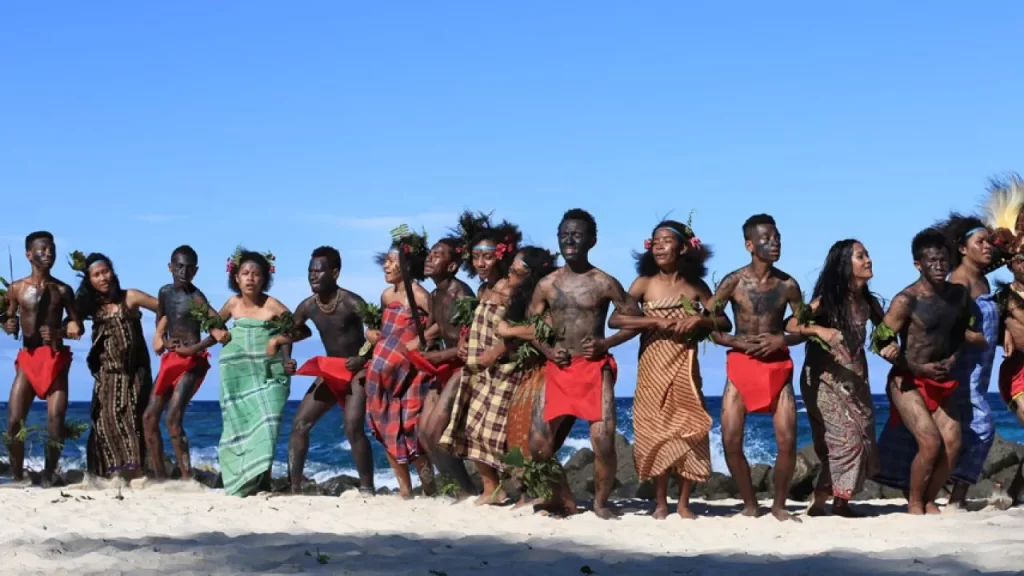
The last one is the development of infrastructure that can support educational innovation in West Papua. As we know, human resources are one of the most critical factors in making a country able to develop. So, as one of the provinces in Indonesia, the government is also concerned how the human resources in West Papua.Therefore, to support this, the Indonesian government finally take its action. As a result, BOS (Bantuan Operasional Sekolah or School Operational Donation) funds are able to cover the cost of educational from elementary to junior high school. Meanwhile, for high school education, West Papua Province is borne. Not only school fees, uniforms and textbooks are also free for all students.To support the commuting of the students, governments also take action by providing school buses. Currently, there are approximately 40 school buses. Catholic Foundation (Petrus Van Diepen), donate one school bus and now, there are 39 buses were spread across several districts.The number of school buses will continue to be added so that all students in all villages and districts do not have transportation problems commuting to school. With this school bus service, the government can reduce the dropout rate due to the lack of transportation facilities. Therefore, the infrastructure development in West Papua effectively raises the quality of life of its citizens.





